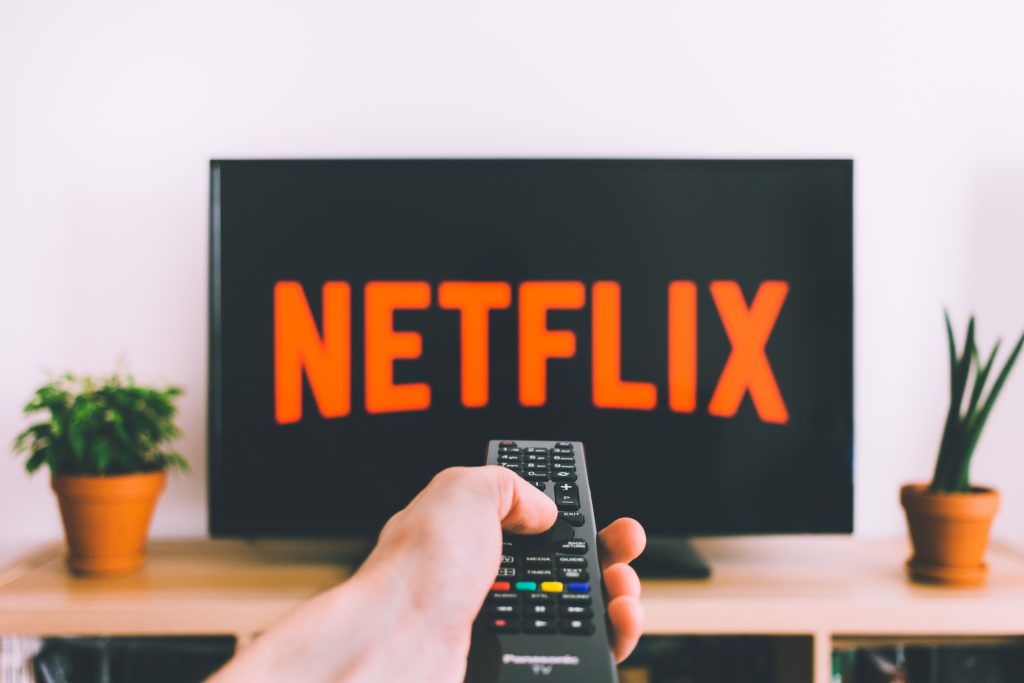Netflix Price Hike Ruffles Competition
According to an eMarketer report, Netflix (Nasdaq: NFLX) accounted for nearly 86.7% of the US subscription Over-the-Top (OTT) video users in 2018. In 2019, the US OTT viewership is estimated to grow 2.5% to 205 million people with Netflix expected to retain market leadership. But there are several players in the market wanting to challenge its dominance. The competition in the market is surely heating up.

Netflix’s Financials
Netflix’s Q4 revenues grew 28% over the year to $4.19 billion, missing the Street’s forecast of $4.21 billion. Adjusted EPS of $0.30 was better than the market’s forecast of $0.24 for the quarter.
During the quarter, Netflix added 1.53 million domestic subscribers, ahead of the 1.5 million expected by the market. It also outpaced market expectation in the international markets, adding 7.31 million new subscribers in the quarter, compared with the 6.1 million expected. It ended the quarter with 139.3 million global subscribers. The US streaming customers brought in $2 million revenues in the quarter and international streaming customers added $2.1 million for the quarter.
Netflix ended the year with revenues growing 35% to $15.8 billion with an EPS of $2.78. Net income grew to $1.2 million from $0.56 million a year ago.
For the current quarter, Netflix expects revenues of $4.49 billion with an EPS of $0.56. The market was looking for revenues of $4.61 billion with an EPS of $0.82.
Netflix’s Content and Price Wars
Netflix has steadily been investing in content to drive user addition. During the recent quarter, it added several blockbuster hits such as You, Bird Box, and the UK series Bodyguard that helped draw viewers. It has been pushing into the family and children’s content segment and announced plans to roll out the animated series based on Roald Dahl’s books including titles like Charlie and the Chocolate Factory, The BFG, Matilda, and The Twits. It is also experimenting with an interactive format and recently launched Black Mirror: Bandersnatch that allows users to choose from multiple options as to how they wanted the story to progress. It continued to gain recognition for its content and received several Oscar nominations for its home production Roma.
It is also investing in international content for its fast-growing markets like India, Mexico, Spain, Italy, Germany, Brazil, France, Turkey, and the Middle East. It released several foreign language original content such as the Spanish Elite, Italian series Baby, and the Turkish series Protector. In France, the company is looking to release 14 local shows by fall this year.
All this content comes at a price. It accounted for nearly $7.5 billion in content costs in 2018. Due to these costs, Netflix ended the recent quarter with a free cash flow of negative $1.3 billion. It expects its cash burn to continue to the next year. During the current year, it reported a total cash burn of $3 billion. Netflix is hopeful that its free cash flow will improve in the next year.
Netflix hopes to address the cash flow issue by hiking its prices, yet again. It is proposing a hike of 13-18% to apply to all its users over the next few months. A few years ago, both the investors and the consumers were averse to Netflix’s price rise. But the conditions appear to have changed now. The more recent Netflix price hike did not see as much of a subscriber churn.
Additionally, Netflix is changing gears on some of its other strategies. For instance, it is reducing the focus on the one-month free subscription for new members to grow revenues. It is also looking at experimenting with lower pricing tiers to attract more customers in international markets.
But within the US, Netflix’s competition is seeing the price hike as an interesting opportunity. Soon after its price hike announcement, Hulu announced plans to cut the monthly price of its cheapest, ad-supported streaming service, by $2 to $5.99 next month. Hulu is not touching its ad-free subscription price, but that service is already priced lower than Netflix. Currently, Hulu charges $11.99 per month for its ad-free streaming version that is already a dollar cheaper than Netflix’s subscription. Hulu did announce a $5 price hike for its most expensive plan to $44.99 per month. This plan includes the live TV option.
Hulu is still a much smaller competitor for Netflix. It ended the last fiscal with more than 25 million subscribers in the United States and does not have an international presence. It hopes its price changes will help it add more subscribers soon.
As subscribers to a digital streaming service, I would like to know from you as to what is more important – price or content?
Its stock is trading at $326.67 with a market capitalization of $142.46 billion. It has fallen from the 52-week high of $423.21 that it was trading at in July last year. Last month’s stock market volatility had hurt Netflix as well. It had crashed to a 52-week low of $231.23 but has clearly recovered since.



